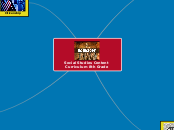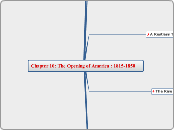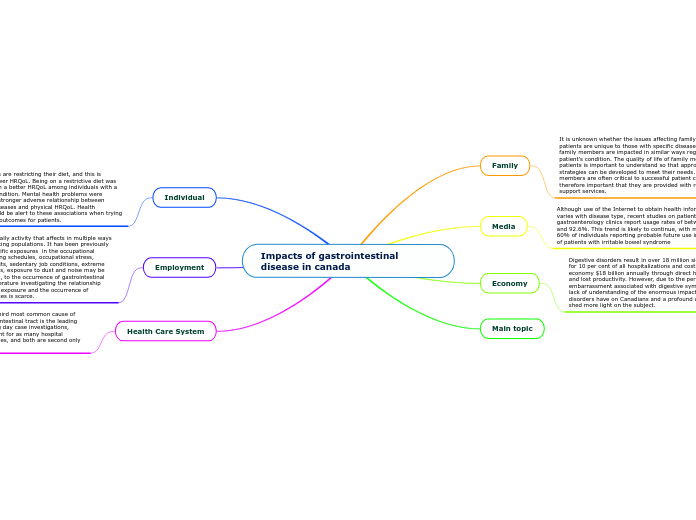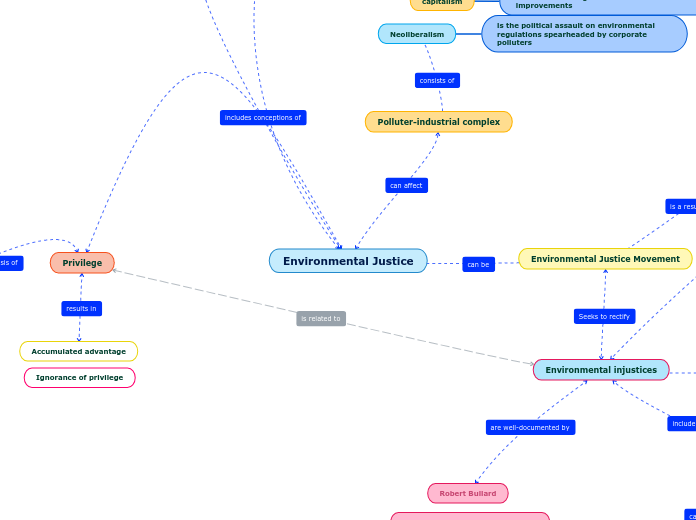by Ryan Wade 8 years ago
365
Social Studies Content Mindmap
The curriculum for 8th-grade social studies covers several vital themes, including the law-making process and citizen participation in politics as outlined by the Constitution. Students explore the nation'









